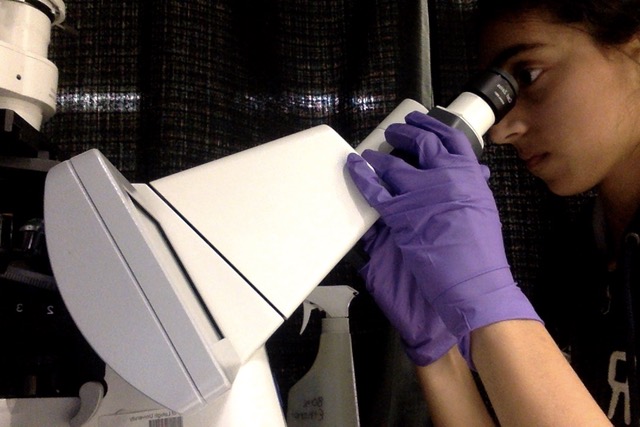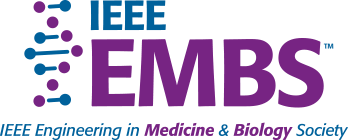From debate clubs to the theatre group, it seems as if high schools are full of clubs from every area imaginable. However, two common fields are in fact overlooked within many high schools across the country: engineering and medicine. Although there are many existing STEM organizations that promote robotics or science in general, it is rare to come across even a single one with a set focus of bioengineering at high school level.
In my search for a solution I came across EMBS (Engineering in Medicine and Biology Society) and I reached out to the administration inquiring how to start a chapter locally for high school students. I was fascinated by the many opportunities and scientists brought together by world’s largest international society of biomedical engineers working on ground breaking research. A few days later in my inbox, I was slightly disappointed to realize that EMBS is primarily designed for college students and professionals. However, I proposed to expand such societies down to the high school level and found excellent response from many that I approached with this idea and this gave me the ability to proceed down this challenging and exciting path. I strongly believe that by influencing teenagers in secondary schooling before choosing a college major, we can together direct a new generation of biomedical engineers, doctors, and researchers.

We need newer, fresher minds to tackle the problems of tomorrow: curing cancer, developing pharmaceutical therapies for neurodegenerative disorders, or solve the global water crisis. High school is the optimal time to aid students in considering future options and setting teenagers on a career path to biomedicine. Logically speaking, the current system we have makes absolutely no sense – expecting highschoolers to choose their college majors with minimal exposure – and this especially applies to medicine. Since many restrictions apply in the field, a small number of students above the age of 16 usually will be allowed to do observations in hospitals or work in research laboratories so many students struggle to even conceptualize a future medical career. The reality remains that most of us have a very limited knowledge on what bioengineering really is.
However, if we bring such options to the high school classroom level, where we can teach and expose students to their potential futures, the success of the healthcare field will be greatly enhanced. Teenagers have an entirely limitless, extraordinarily creative mindset which adults lack, and such a mentality may be the difference between developing a life saving technology or not. We need to work together with our youth to advance modern healthcare, otherwise we will continue to struggle through the same problems, thinking the same way without creative that a teen might bring to finding solutions.
When starting the first ever EMBS(HS), I found it enthralling that I could be inspiring my peers or changing the course of their lives. Just in this past half year, we have had an amazing experience attending conferences, contacting leading speakers in the field of biomedical engineering who agreed to speak to our high school students about this field and even meeting some of these world-renowned scientists in person. As we look forward to the coming school year, we plan to grow this further by starting a program for elementary students, particularly for girls so we can encourage them to involve themselves in engineering and learn what opportunities exist for them to exploit their passions. By using the same principles, namely that we are most impressionable in our youth, as a group we believe that exciting the next generation is what will bring answers to our worlds largest questions. It is the youth that will change the world and it is important that we provide them with the opportunities necessary to grow and learn.






